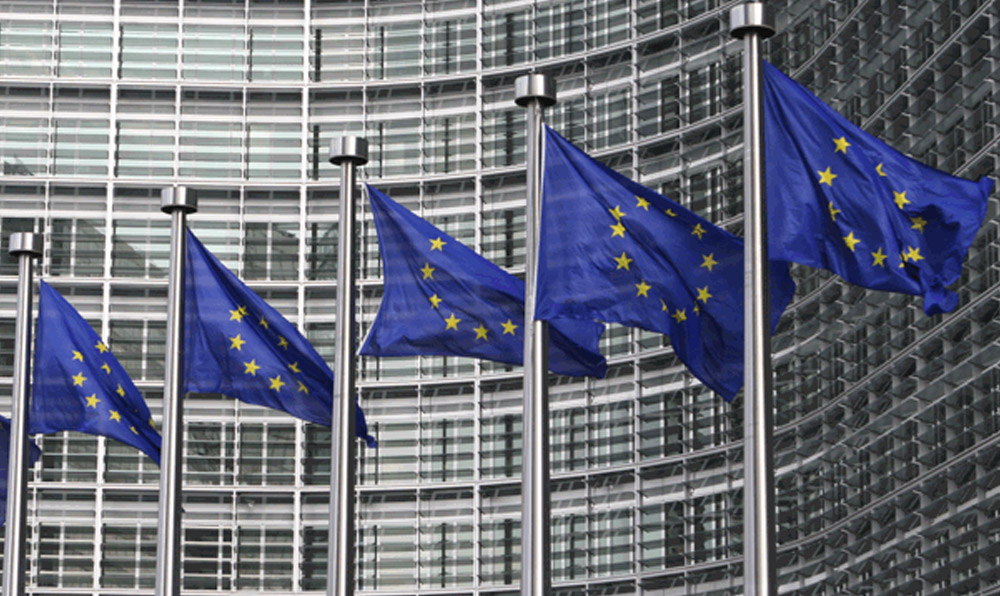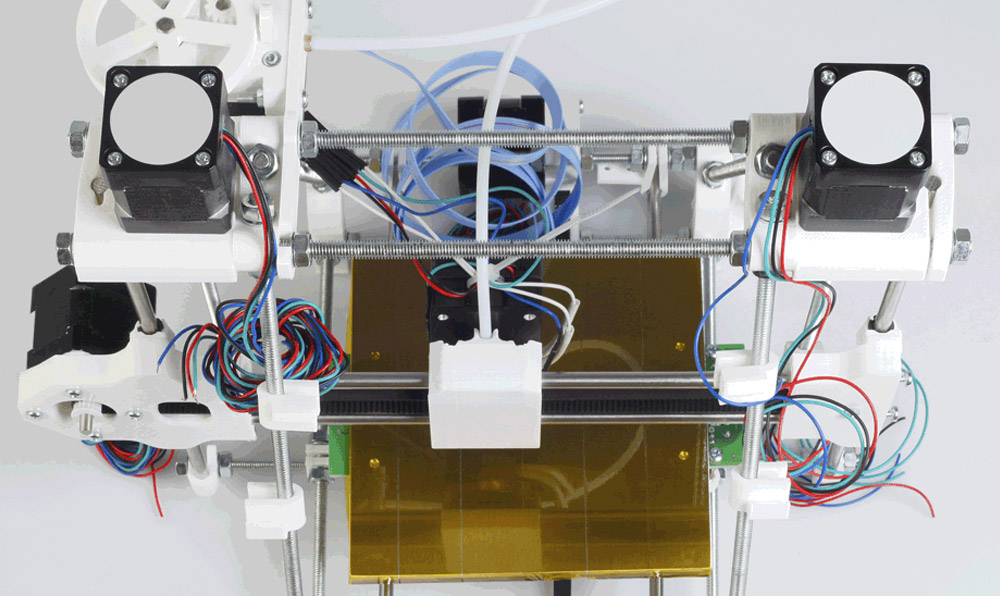Some freight forwarders are operating under a comfortable assumption that compliance is the shipper’s responsibility. You’re not the exporter, so if something goes wrong, it’s not your problem. But in today’s regulatory environment, that logic no longer holds.
Governments are increasingly holding logistics providers accountable when their services contribute to export violations, even when the mistake originates with the client. Booking a shipment to a sanctioned party, submitting inaccurate classification data, or enabling a transaction without verifying end use can all trigger liability. The question isn’t just what you knew, it’s “did you carry out your due diligence?”
Key Takeaways
- Regulators are increasingly seeing freight forwarders as active compliance gatekeepers responsible for due diligence.
- Both commodity screening and denied party screening must be part of your workflow to catch misclassified goods and restricted parties.
- Regulatory changes like the EU’s Import Control System (ICS)2, China’s stricter dual-use controls, and U.S. tariff shifts are raising the bar for accurate data and documentation.
- Simply assuming clients have handled compliance is a risk because with vague descriptions, missing licenses, or unchecked consignees can trigger enforcement.
- Investing in integrated compliance tools and proactive checks will help protect your business and demonstrate leadership to customers.
Commodity Screening Versus Denied Party Screening
Commodity screening is an essential compliance step that freight forwarders can no longer ignore. While denied party screening focuses on who you’re shipping to, commodity screening ensures you fully understand what you’re shipping. This process involves verifying product descriptions, confirming the correct classification codes, and determining whether an item is controlled under export regulations like the EU Dual-Use List or the U.S. Commerce Control List (CCL).
Even if clients provide the codes, freight forwarders share responsibility when submitting export declarations. Accepting vague labels such as “equipment” or “parts” without further validation can lead to unlicensed exports and significant penalties. By integrating commodity screening into your workflow, you demonstrate due diligence, reduce regulatory exposure, and protect your business from costly missteps.
A Shifting Risk Landscape for Freight Forwarders
Authorities like Office of Foreign Assets Control (OFAC), U.S. Bureau of Industry and Security (BIS), and HM Revenue & Customs (HMRC) are now treating freight forwarders as more than passive handlers of cargo but as active compliance gatekeepers. This means that they should be able to recognize when a shipment, partner, or route raises red flags.
This shift in focus is partly driven by an unstable global environment where sanctions, trade restrictions and geopolitical tensions increasingly shape how supply chains operate. Its clear sanction enforcement is becoming tighter with many countries introducing new legislation and harsher penalties for non-compliance.
At the same time exports have grown more complex, with dual-use items, re-exports of U.S.-origin goods, and working with foreign partners, suppliers, or distributors is a normal part of doing business, the chances of being drawn into a compliance failure have grown. This means, if your company’s name is on the shipping documents, you could also be held accountable.
Enforcement Against Freight Forwarders
There is a growing number of enforcement actions taken by government agencies. Here are a few recent examples which highlight the increasing need for freight forwarders to invest in their compliance:
New Regulatory Pressures Raising the Stakes
New international regulations are adding pressure on freight forwarders to make proactive compliance essential. These changes can impact nearly every mode of transport and add fresh complexity to documentation, screening, and reporting.
In the EU, ICS2 now requires detailed Entry Summary Declarations for all transport modes. That means clear Harmonized System (HS) codes, accurate Economic Operators Registration and Identification (EORI) data, and precise product descriptions. Mistakes are already causing delays and fines.
China has introduced new dual-use controls, staggered customs filings, carbon reporting, and anti-sanctions rules demand more robust systems and tighter cross-border oversight.
In the U.S., the end of the $800 de-minimis exemption on Chinese imports means even small parcels now require full customs entries and are subject to new blanket duties.
These developments underscore a clear trend, regulators expect forwarders to take a more active role in verifying data, screening parties, and managing documentation. As compliance requirements evolve, those who invest in technology and process improvements will be best positioned to keep cargo moving and avoid costly penalties.
Common Trade Compliance Traps for Freight Forwarders
Compliance exposure often begins with small oversights. One example is denied party screening. Many forwarders trust that clients have already screened all parties involved. But when a restricted consignee or intermediary is discovered, the freight provider who arranged the shipment may still be held accountable.
Another frequent issue is misclassification. If a client provides incorrect HS or ECCN codes, and you submit that information, the violation is part of your record too. The same applies to shipments involving sensitive destinations or ambiguous end uses. Even if you’re not responsible for licensing, your role in facilitating the shipment brings risk.
Forwarders also get caught out in cases involving U.S.-origin goods, which are subject to re-export controls regardless of where they’re currently located. For example, arranging a shipment from Europe to Asia doesn’t shield you if the goods originally came from the U.S. and require a license.
The Case for Proactive Compliance for Freight Forwarders
Many forwarders assume that if the paperwork looks complete, compliance has been handled. But vague product descriptions, missing license documentation, or unclear end-user information are all warning signs.
A Freight Forwarder can no longer simply trust clients to get it right. They need to verify everything as regulators increasingly expect logistics providers to show that they exercised due diligence, not just accepted forms at face value.
Some freight forwarding companies are turning this challenge into a strategic advantage. Rather than waiting for issues to arise, they’re adopting a more proactive approach to compliance by offering added assurance to their customers and protecting themselves in the process.
This might include basic screening of parties involved in a transaction, especially for shipments bound for high-risk destinations. It could mean validating product classifications before submitting documentation or flagging unusual or inconsistent entries during booking. In some cases, forwarders are going a step further and offering compliance support as a service, particularly for small or international clients unfamiliar with the regulations.
This shift not only reduces risk. It also strengthens commercial positioning for freight forwarders. In sectors like aerospace, defense, electronics, and life sciences, clients are more likely to choose partners who help keep them compliant.
What do Freight Forwarders Need to do?
You don’t need to overhaul your tech stack to make this work. With the right tools, you can introduce compliance checks that align with your existing workflows. Screening platforms can integrate with your current systems. Classification tools can help your team validate HS codes or identify license requirements without relying entirely on client input.
Why Commodity Screening is Critical:
- Many enforcement actions arise because of misclassified or vaguely described goods.
Regulators increasingly expect logistics providers to exercise due diligence and not simply accept vague or catch all descriptions. - In the EU and UK, exporters and their intermediaries are responsible for ensuring correct classification under dual-use regulations.
- For U.S.-origin goods, commodity screening helps identify whether Export Administration Regulations (EAR) controls or International Traffic in Arms Regulations (ITAR) restrictions apply, even if the shipment originates abroad.
How Forwarders Can Implement Commodity Screening:
- Use automated classification tools to check whether a commodity description triggers dual-use or military controls.
- Cross reference product data with controlled goods lists (like the EU Dual-Use List, U.S. Commerce Control List, or UK Military List).
- Flag any vague or inconsistent descriptions for further clarification before accepting the shipment.
By building commodity screening into your workflow, you strengthen your due diligence and reduce the risk of inadvertently moving controlled or sanctioned goods. Freight forwarders who continue to treat compliance as someone else’s job may soon find themselves facing problems that could have been avoided. This will help freight forwarders move from being reactive to preventative.
Those who embrace the opportunity to lead on compliance will not only protect their business, but they’ll become trusted, strategic partners in the supply chain.




